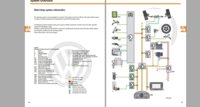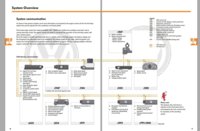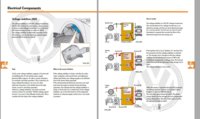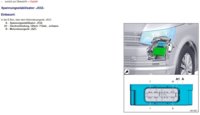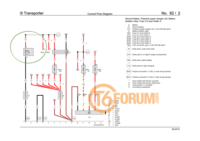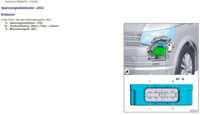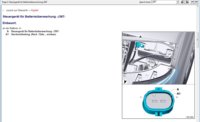To get an idea where im coming from, this was the build up to joining in on this post . . . . .
-----------------------------------------------------------------------------------------------------------------------------------------
We use our Van (T5.1 GP) as a commercial mobile engineering unit. the back if full of kit so we have limited space for a big battery bank.
we work (off grid) from the back of the van and do things like, charge 18v battery power tools, light bar on roof, run 240vac power tools run temp 240vac power, run laptops and networking kit etc etc etc...... now all this is mostly powered from the inverter and leisure battery. (we carry a honda generator too, but mostly use the van for power).
We may be "on site" for 5-8hrs and drawing power from the inverter anywhere from 90w-1500w........
The inverter is a COTEK 1500w pure sinwave and will draw over 100Amps on full load......(but mostly running 50%)
Now the current setup is in our T5.1. we have a 100amp split-charge relay system connected from the starter the leasure battery (both batteries uprated to the biggest we could fit in the space) and a 180amp alternator on the 2.0ltr engine Non-BMT.
So in the morn/eve the leisure battery is charged up from the alternator on the way home/to site (about 4hrs total) so when we are on the job we start using stuff from the inverter,...... now under 500w load all is well and the battery will power but over say 700w the inverter draws so many amps from the battery and we get low-volt alarms....so the current solution is to start the van.
The 14.4v 180amp alternator will start to feed the leisure battery and help power the inverter.... weve used DC Clamp meters to meter out the current paths and so far the solution has worked well for us over the last 5 years......now having said that the we have gone through 3 leisure batteries over the time as the deep cycling slowly kills the capacity..... then at the end of the day we drive home and fully charge the leisure battery as well as run all the power tool chargers on the inverter ready for the next day.
Now its finaly time to move up to a T6 2.0l 204ps BMT and was looking at swapping out our 100amp splitcharge system for a 100amp VSR to do away with the old skool relay.........then found out about the smart alternator and regen system.
so our current solution of starting the van when we need more power to the inverter/battery bank may not work, and also the drive to/from site will not charge the via the split charge system.
we started looking into it and the 100amp DC-DC are huge size and stupidly expensive..... so it seems the options above are feasible. ........ which is where the amps charging capacity comes into it.
sterling does the 30 or 60amp version but even with that if the inverter is drawing more than 60amps for any lengh of time then the leisure battery will quickly just die on us.....
also reading the DC-DC manuals they all state that the prefered method is with ignition feed as the auto system works by detecting the increased volts from the regen cycle......... when the van is stationary ticking over the dc-dc charger will just shut off after a short while, sterling has a setting to decrease the trigger level for static running but may discharge the starter battery in certain circumstances . . . . . .
So we have some time before the new van arrives and are looking for solutions to our situation. it was easy for the Euro5 T5 van, but seems to be more challenging on the T6 BMT. .....
any ideas?
140A relay -?
VSR - ?
DC-DC charger - ?
I've seen all the adds and YT vids from SterlingPower about the Wows of BMT and regen and had me convinced that DC-DC was they way to go.
but now looking at the schematics for the 2017 BMT T6 its just showing the old-skool relay setup............what gives!!!!!

